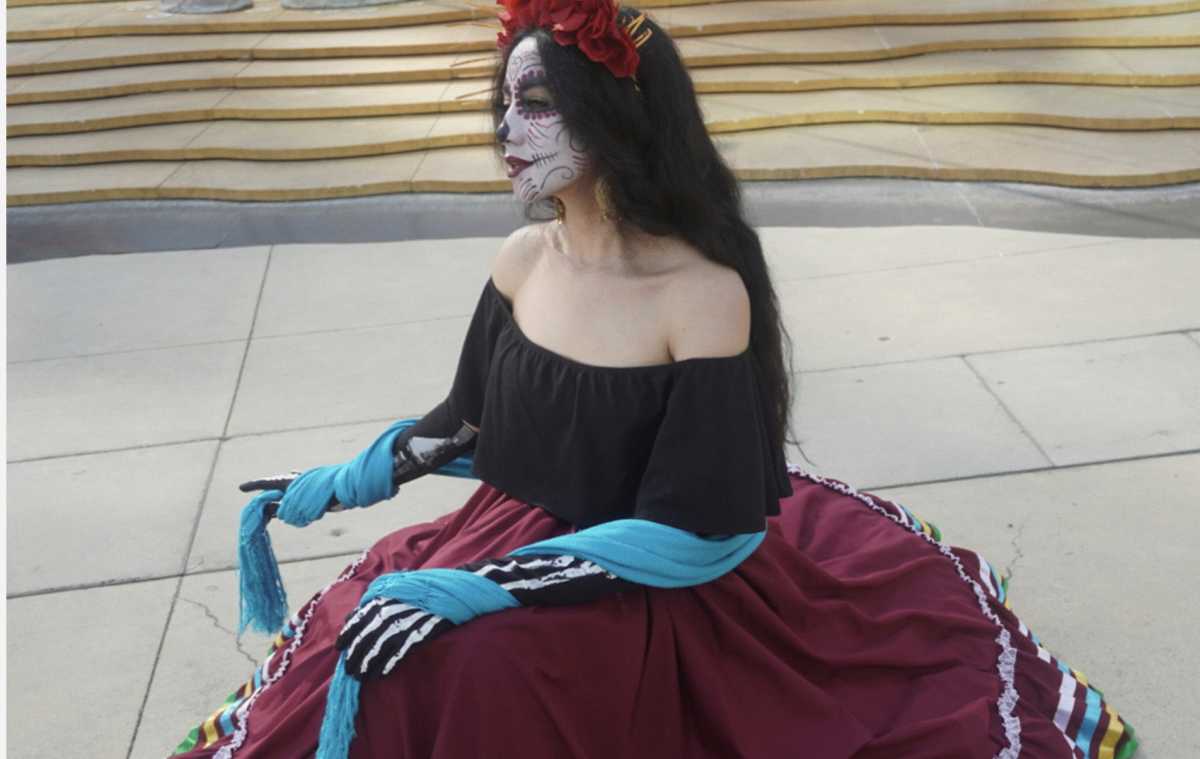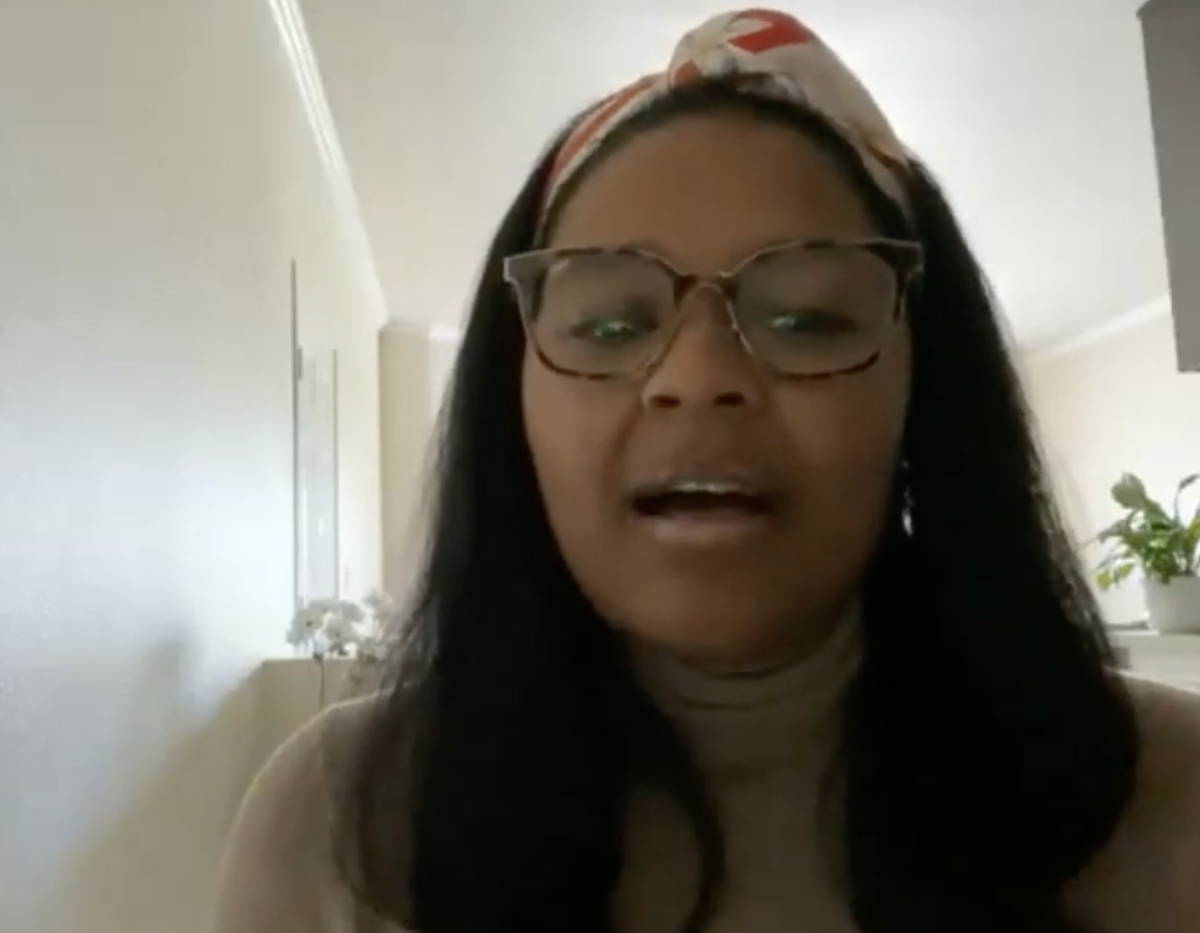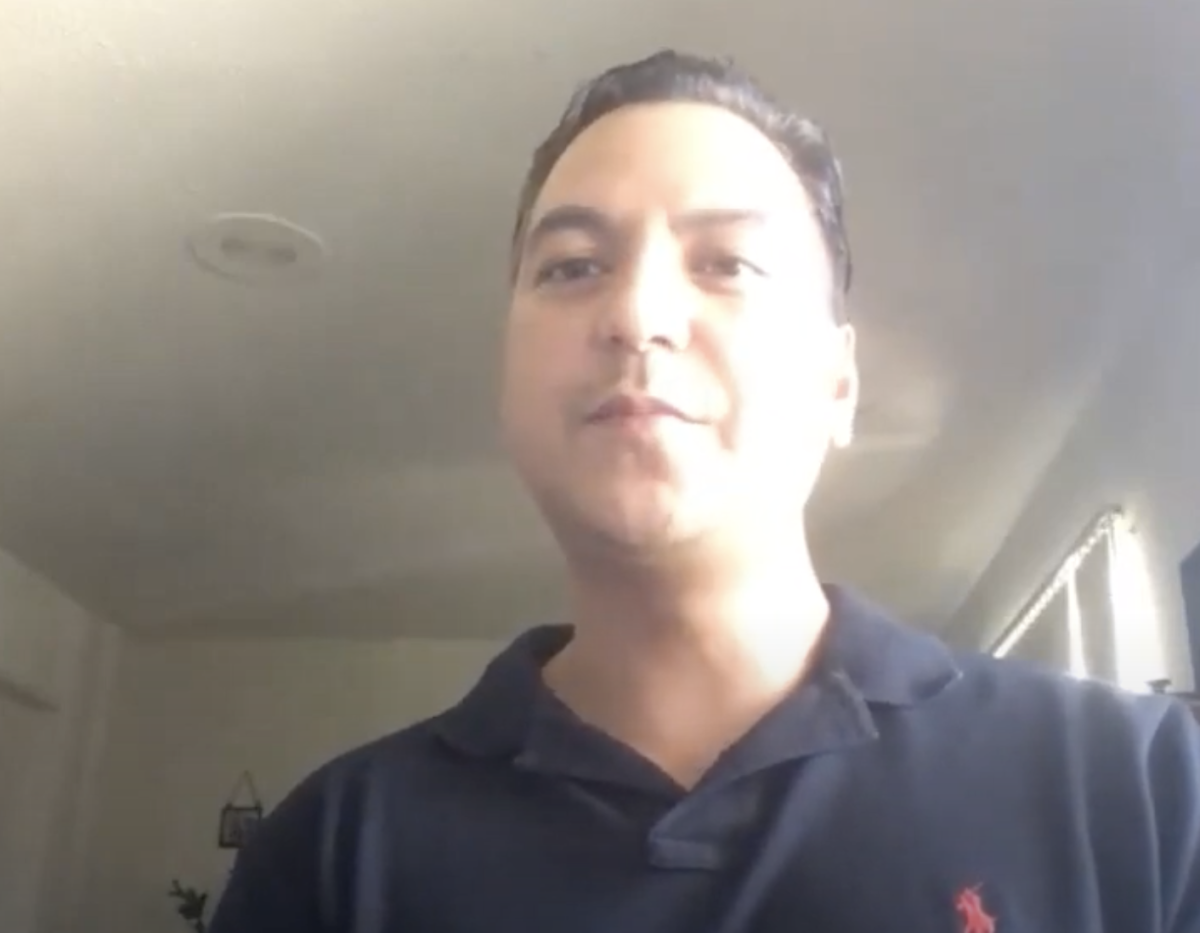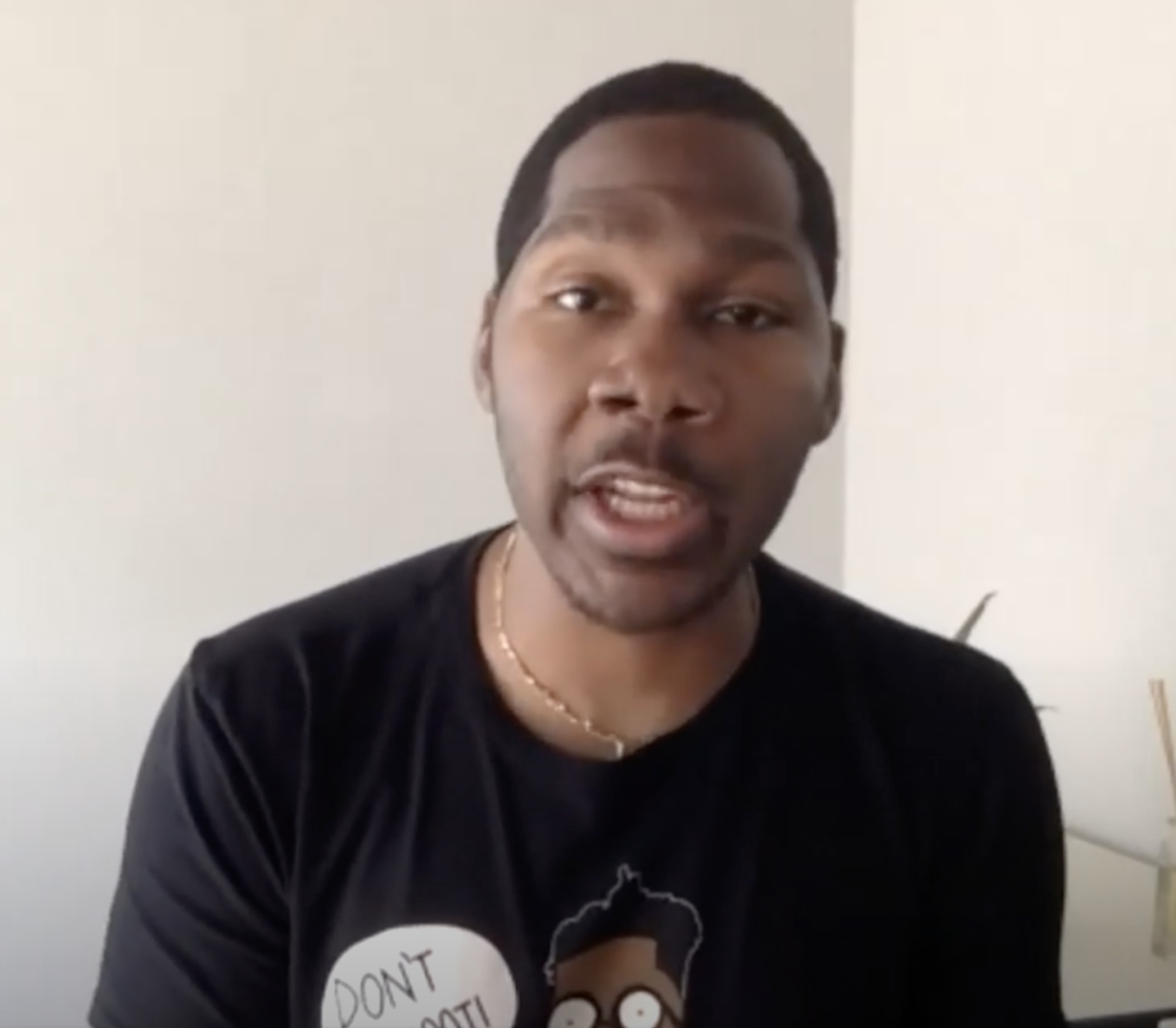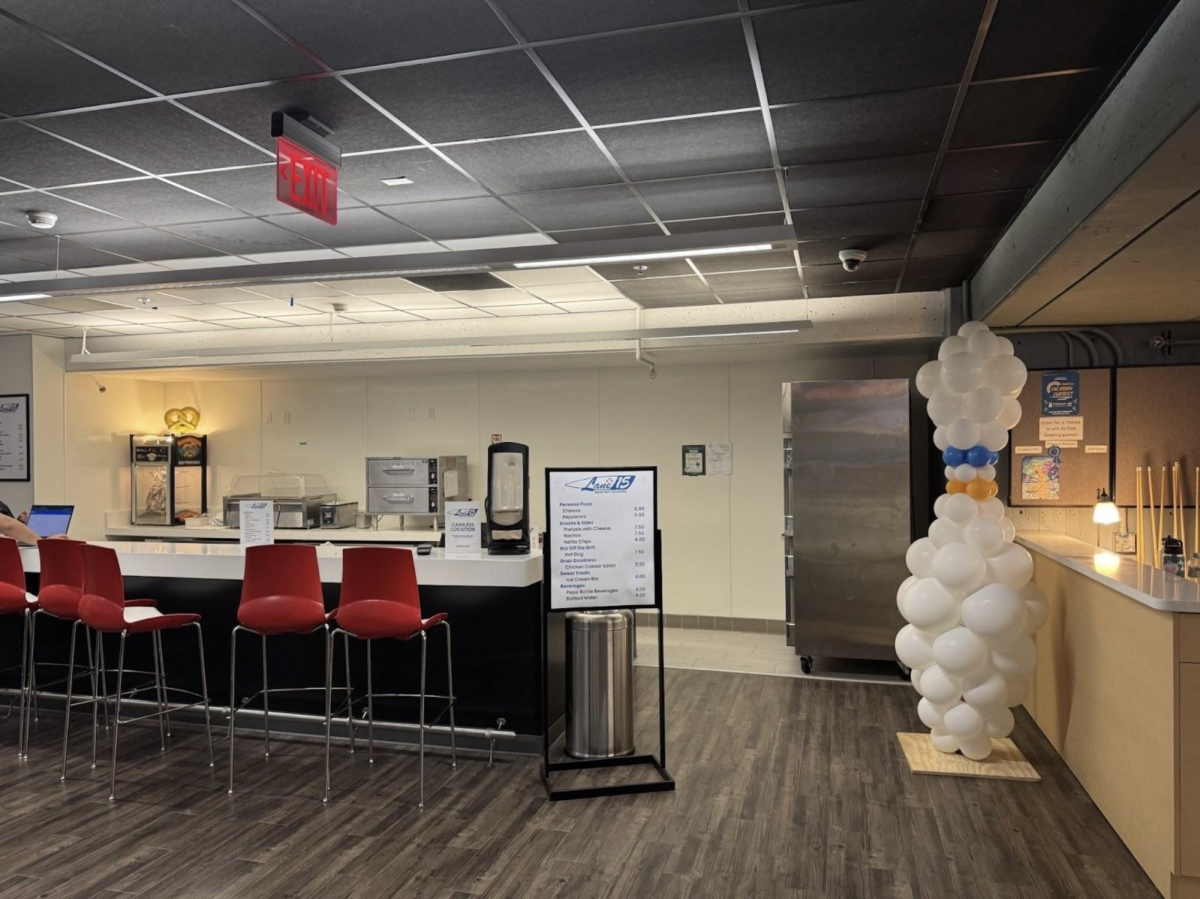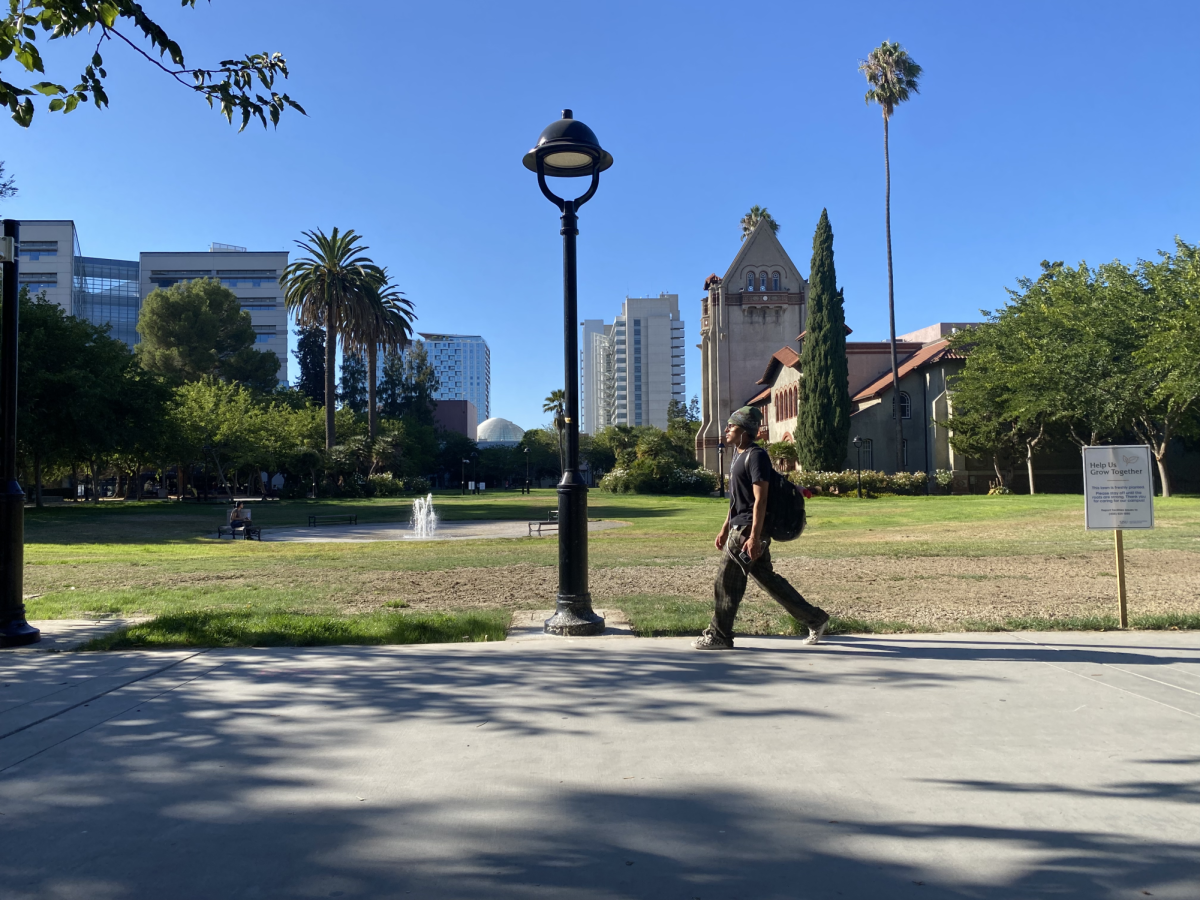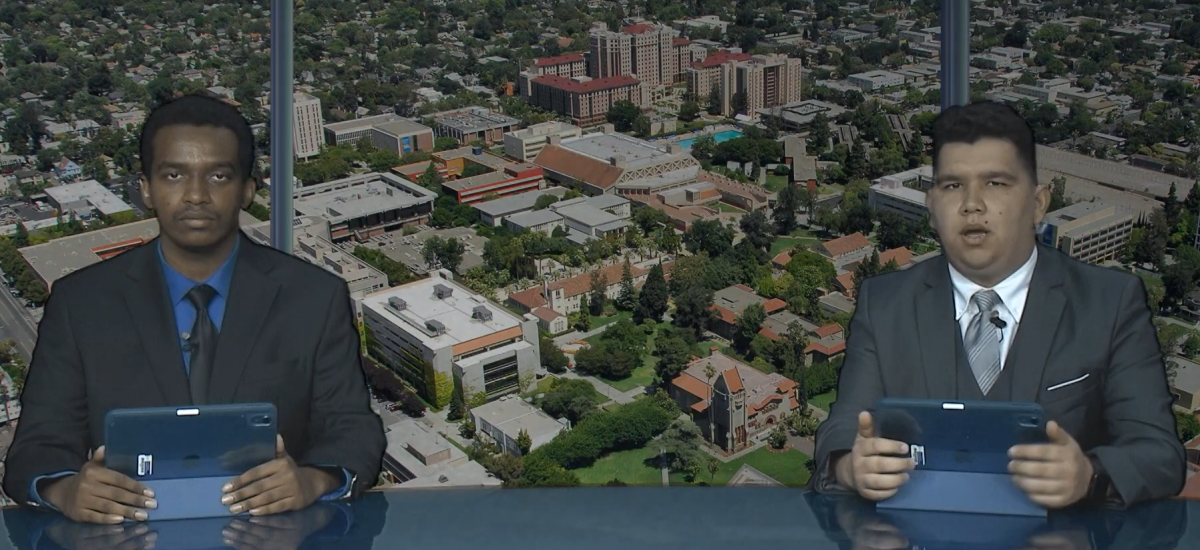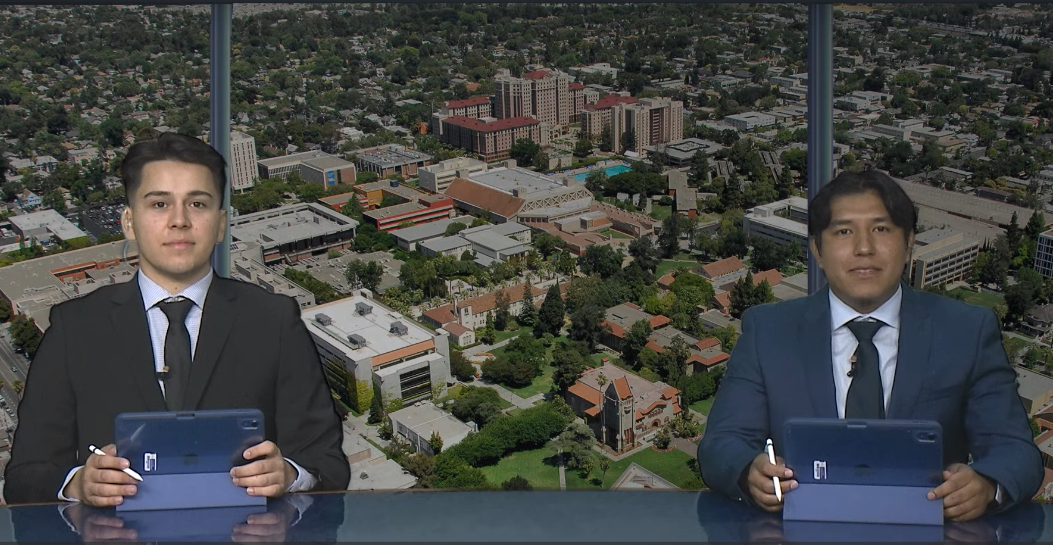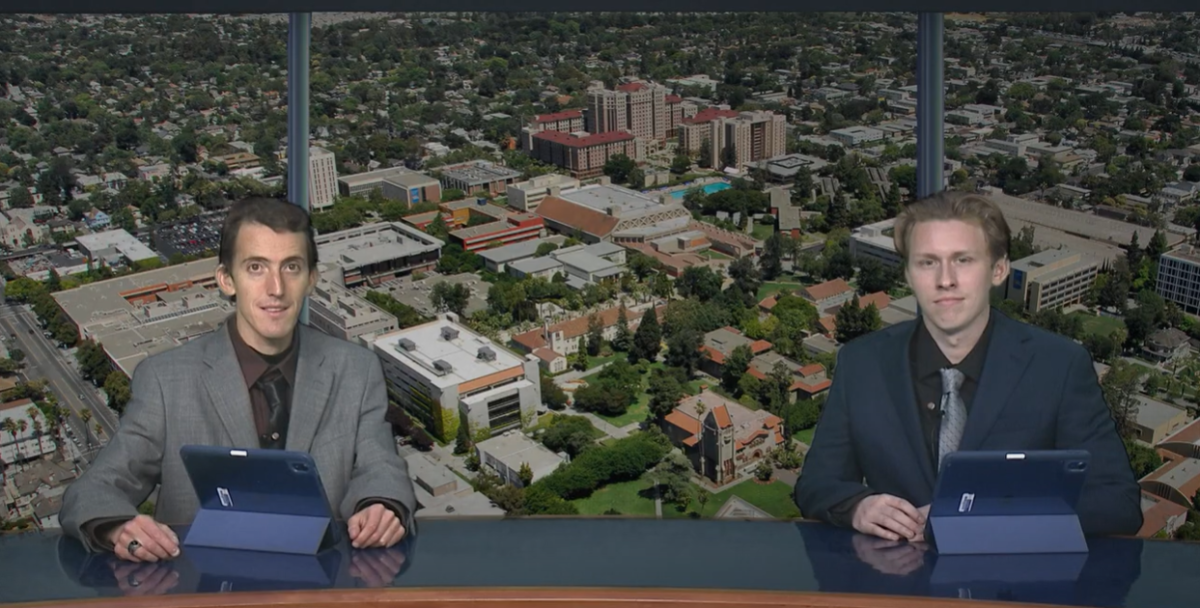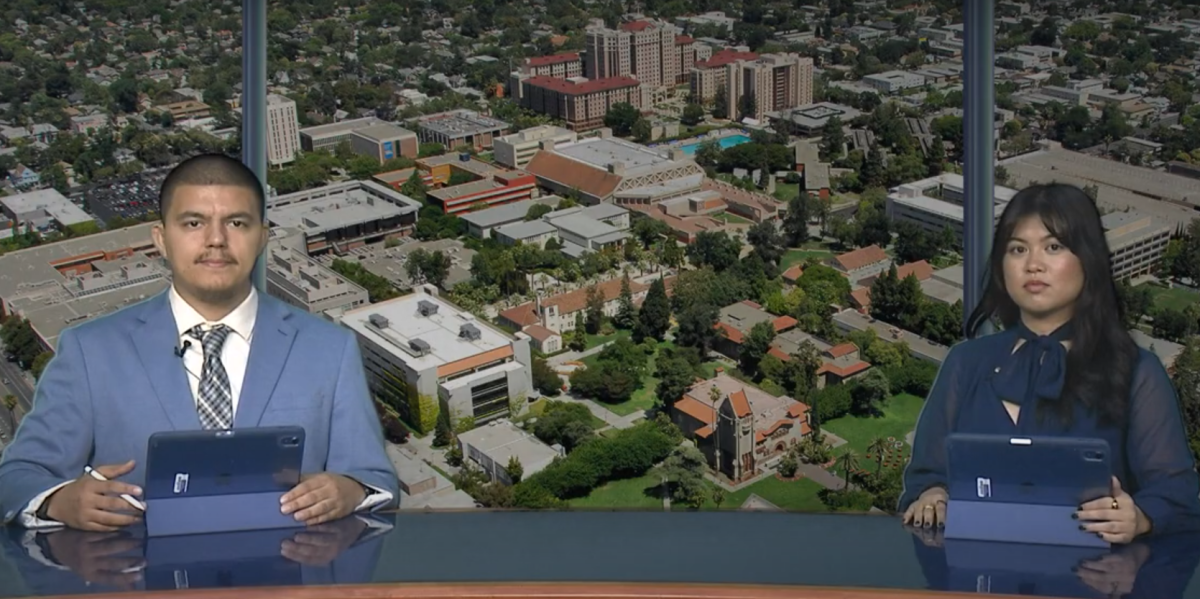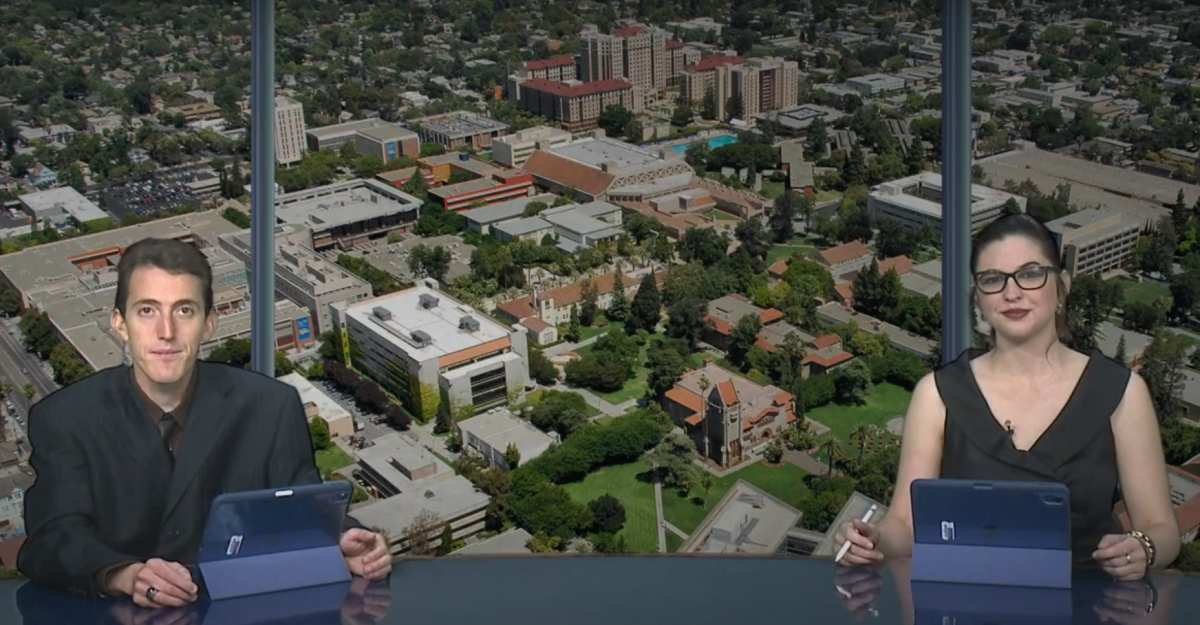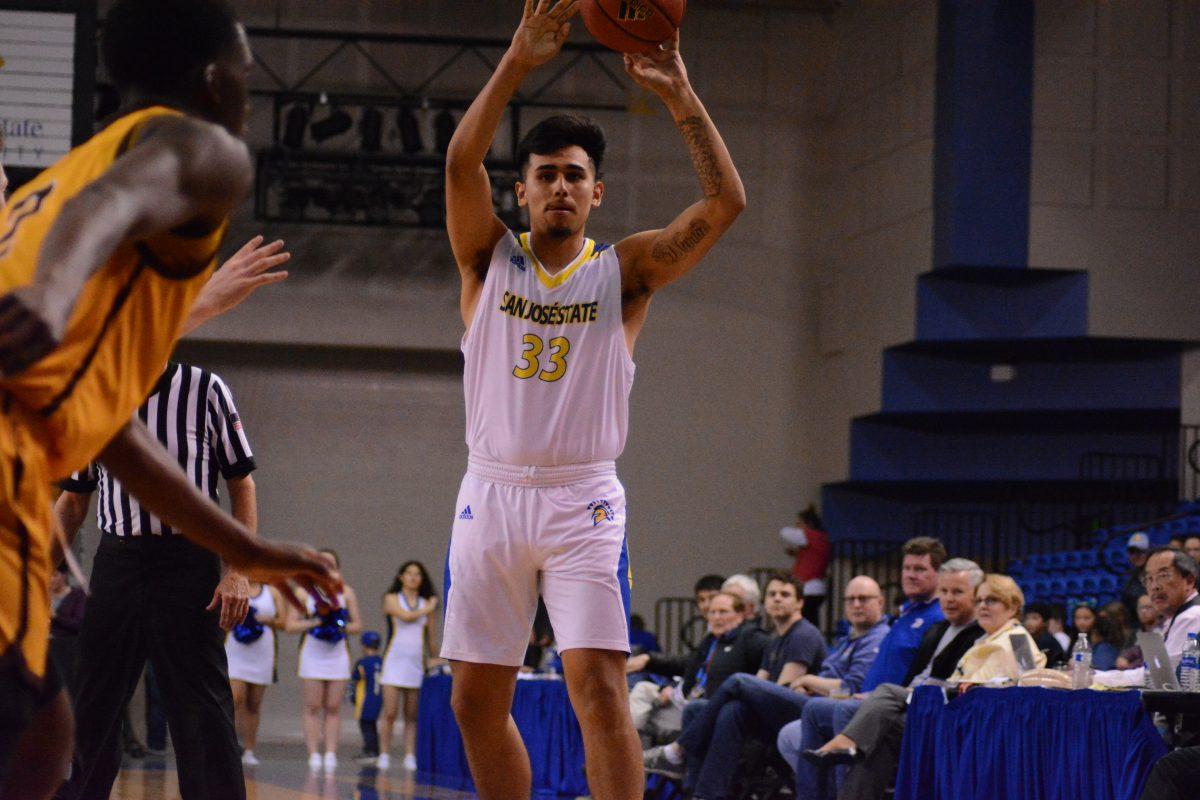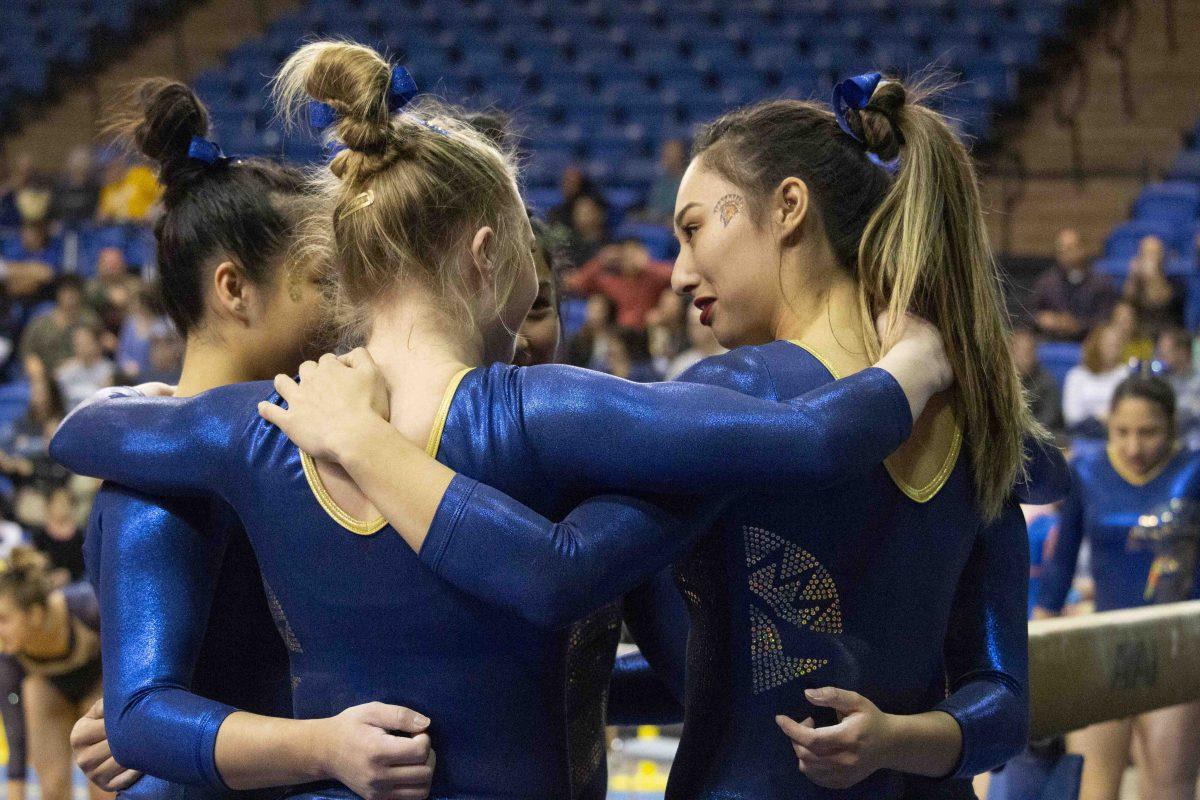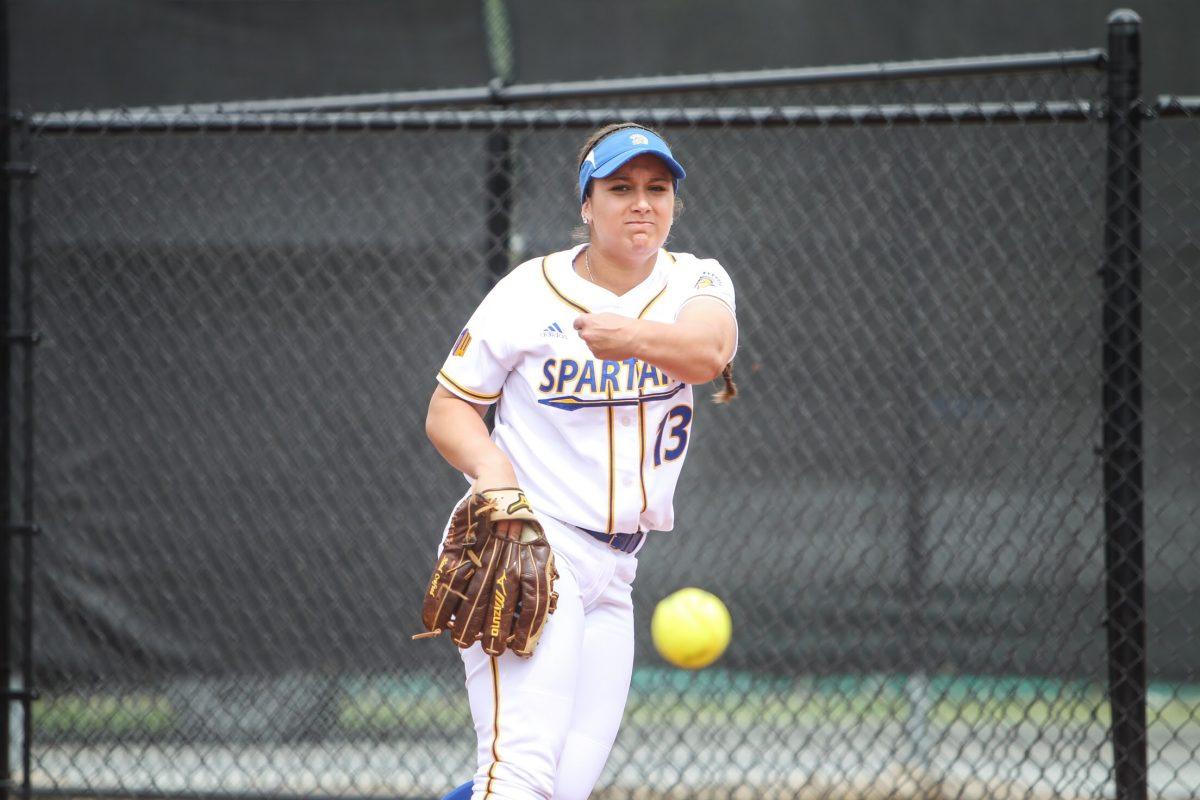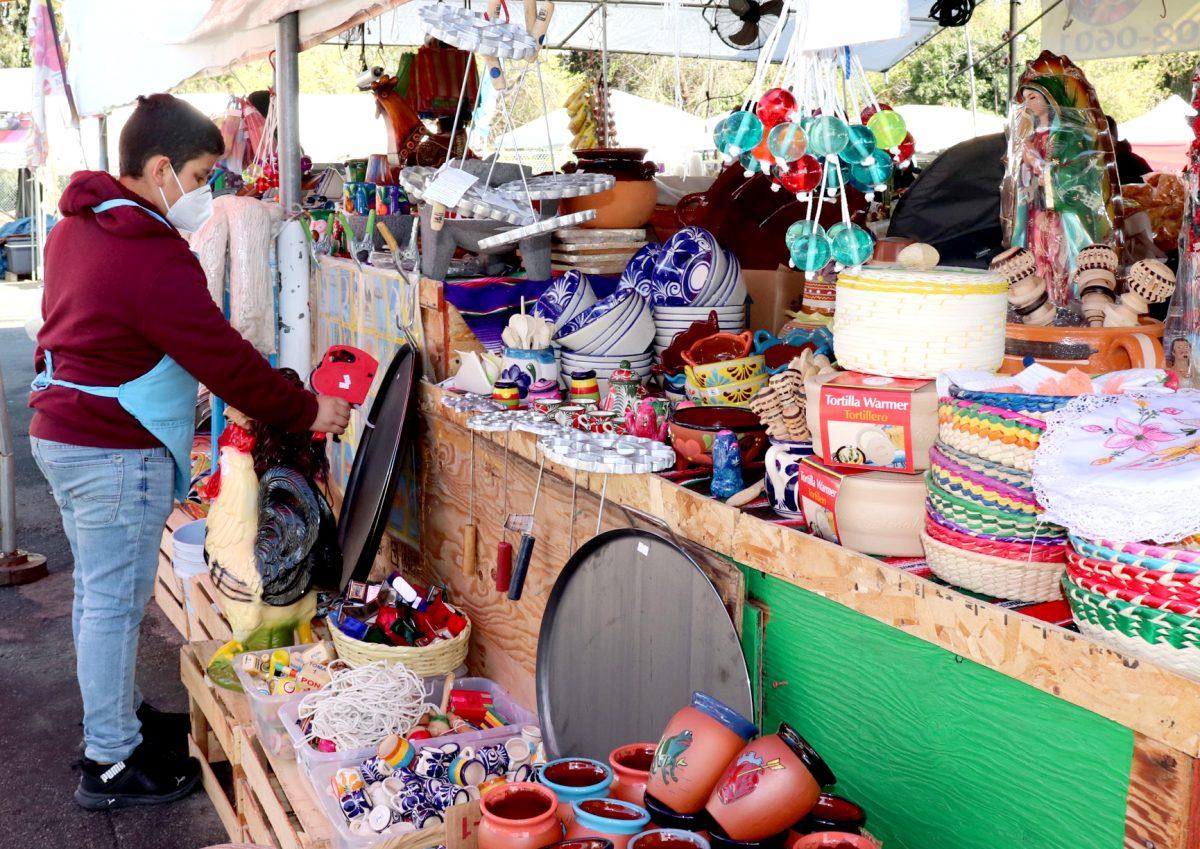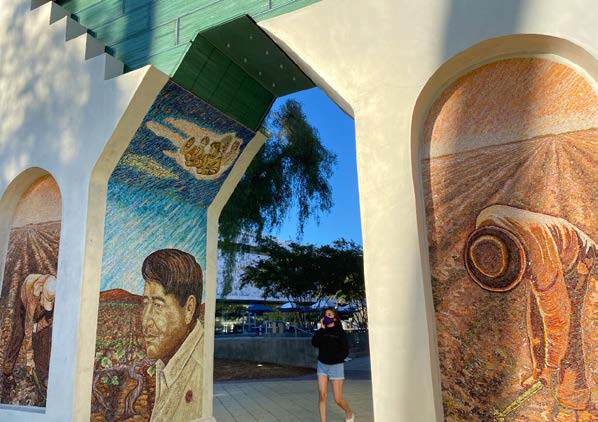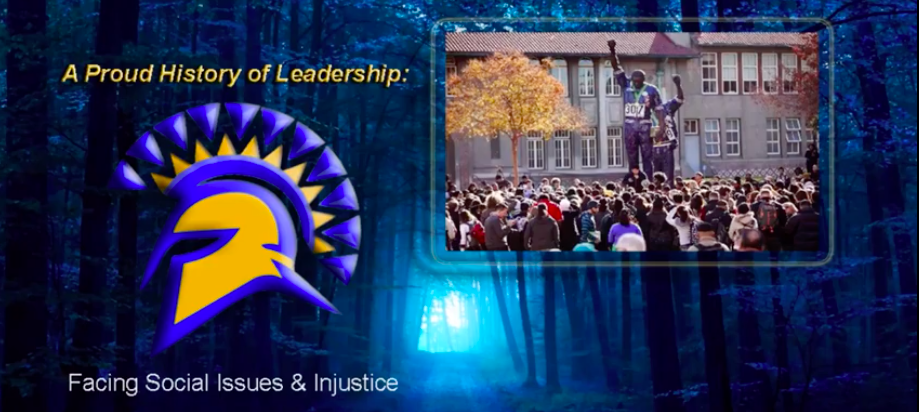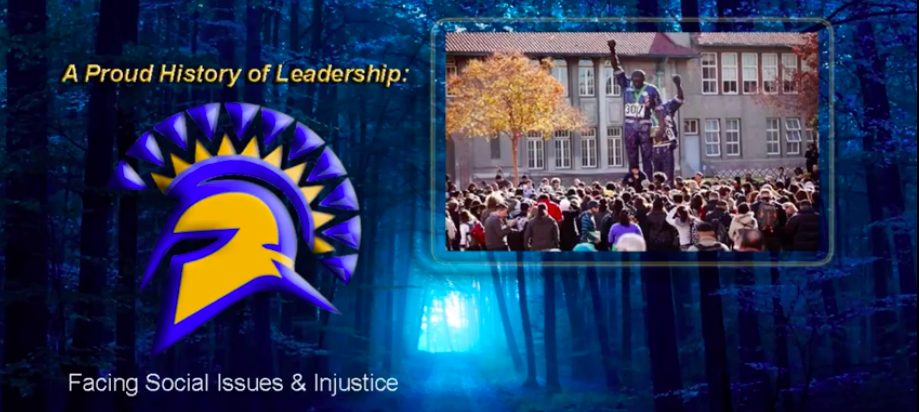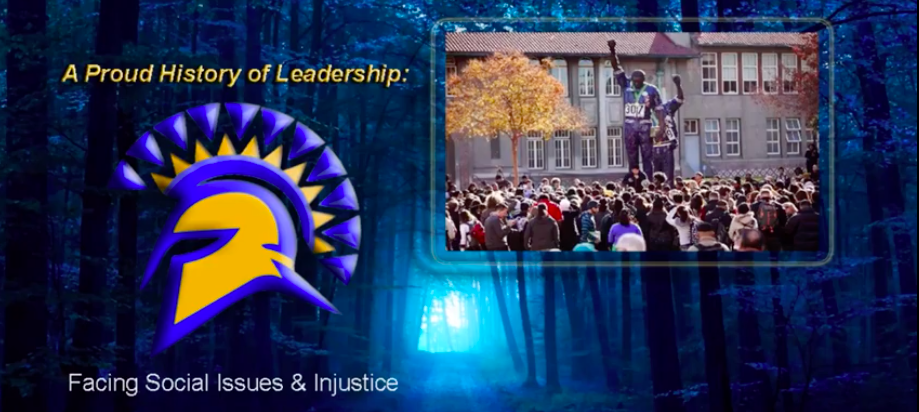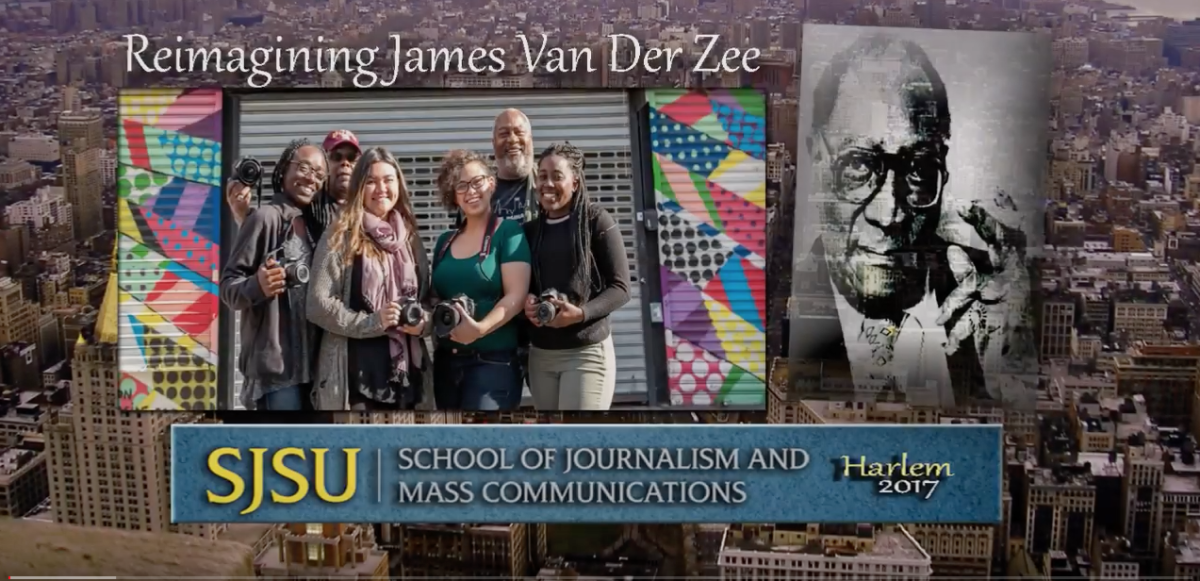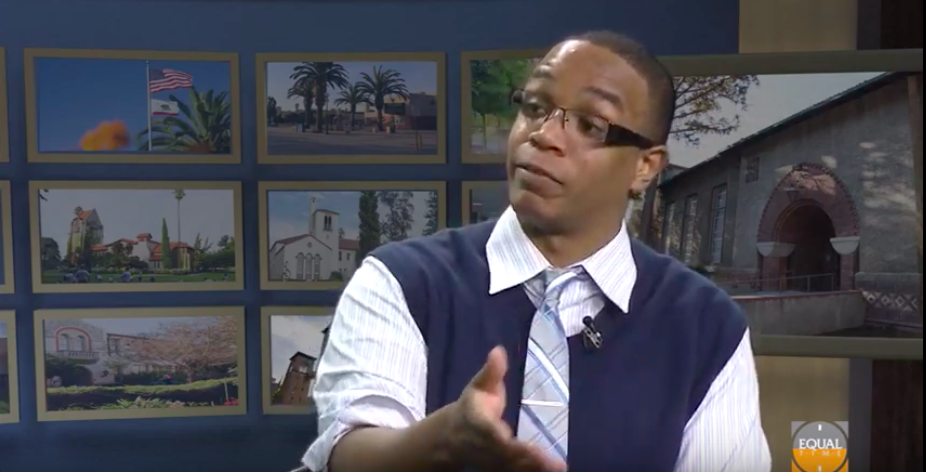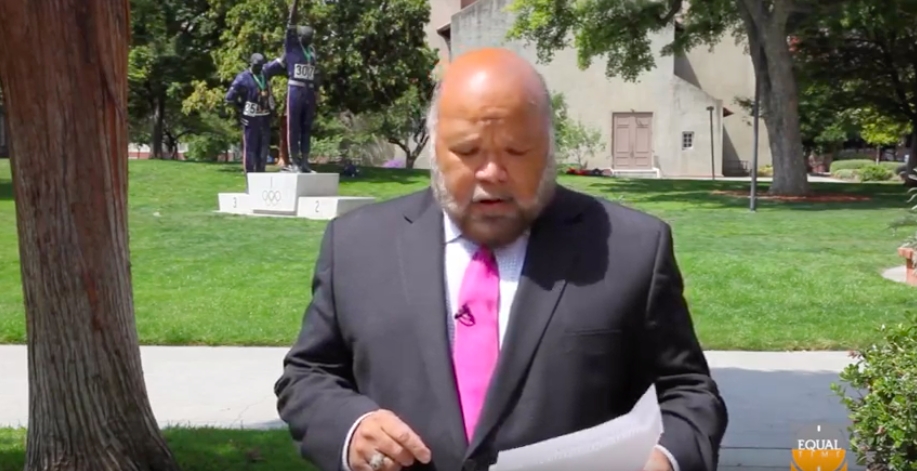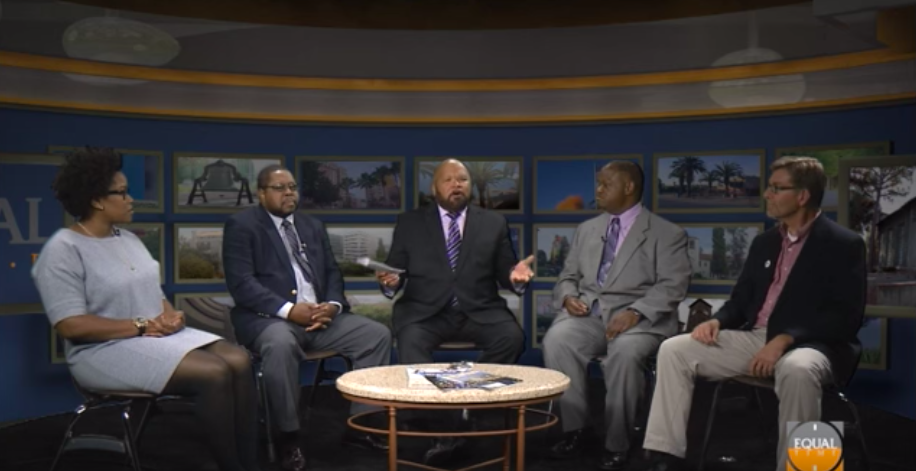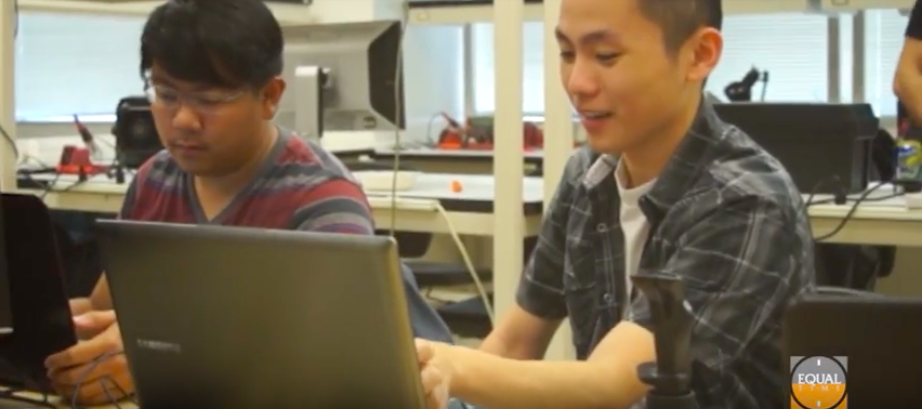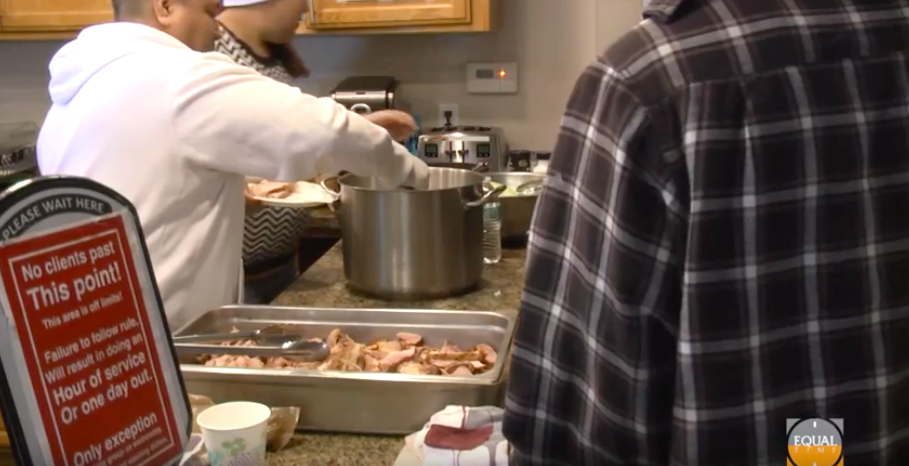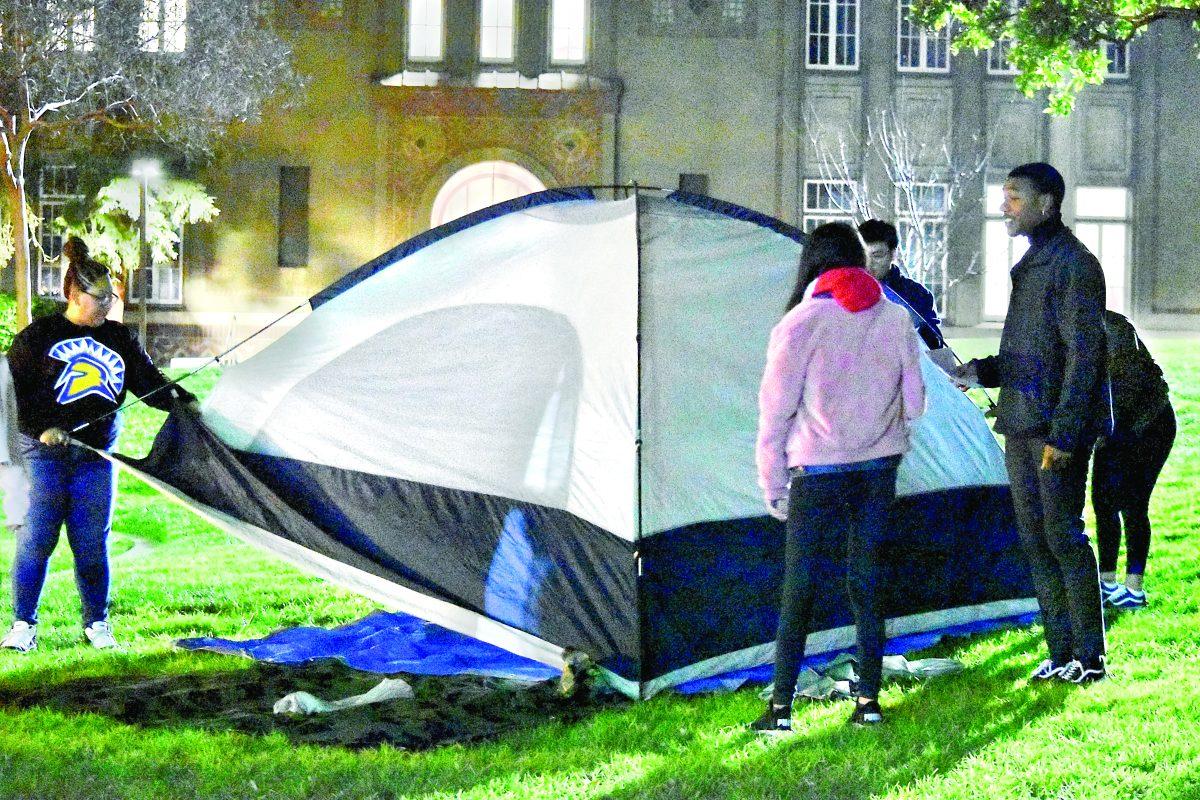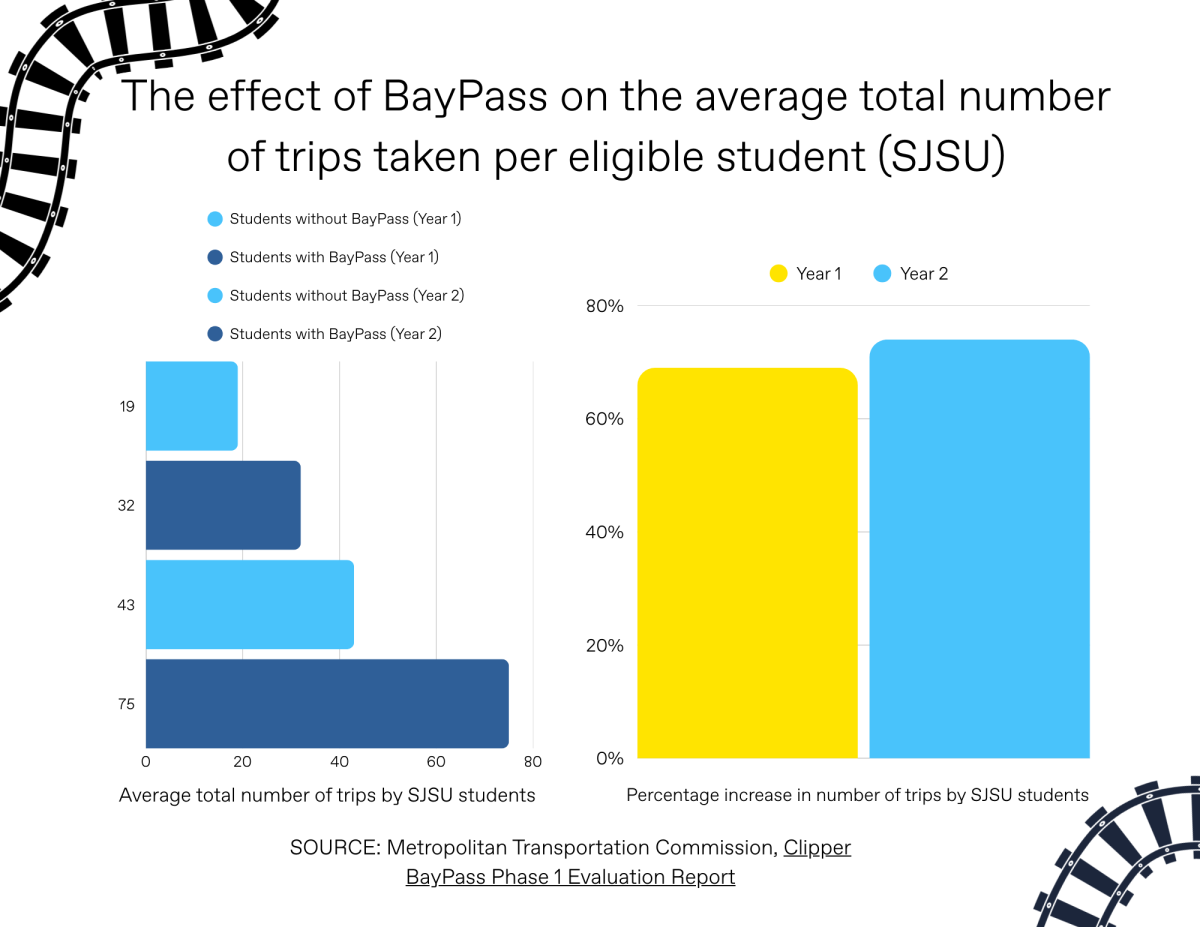Students set up tents on the Tommie Smith and John Carlos Lawn Thursday evening and settled in for a long night as part of a demonstration advocating for more student housing aid.
“I saw an email about this event and just wanted to sit in solidarity with students and others experiencing homelessness in the San Jose area,” Quinn Gonzales, a Santa Clara University public health senior, said. “I think it’s a great demonstration and a really interesting way to bring awareness.”
Thursday’s 14th annual campout marked a historic collaboration between the Student Homeless Alliance and San Jose State administration.
SJSU President Mary Papazian was the first university president to show up at the event in its history.
Commending the alliance for their advocacy, she encouraged the 60 people present and other students to speak up about homelessness, calling it the “issue of our day.”
During his speech, Assembly man Ash Kalra echoed the sentiment.
“You are part of a legacy of activism that has been so critical to the history of this university,” Kalra said. “You at this moment in time are valuable in the movement you are creating right now throughout this state.”
To show that student housing has been an issue plaguing SJSU for decades, state Sen. Jim Beall described his work as an SJSU housing coordinator while attending the university in the ’70s.
“We’d make the phone call to other people to find out who had space on their floor and their apartment, whether or not a student could crash at that apartment with a sleeping bag or blanket,” Beall said. “I remember often I did that in my room that I rented.”
Both state legislators voiced their support for Assembly Bill 1314 during the event.
“AB 1314 is an example of something students are driving, that you are driving,” Kalra said.
The bill aims to provide financial aid to a broader category of California State University students by restructuring the Cal Grant Program to cover the full cost of college attendance to include housing.
“Right now [Cal Grants] just covers tuition and the full cost of going to school. And that would be $2 billion more for college students,” Alliance advisor and sociology professor Scott Myers-Lipton said. “It’s $2 billion now and it would double it and that would go to housing.”
Other speakers included Poncho Guevara of Sacred Heart and Leslye Corsiglia, executive director of Silicon Valley at Home, who made appearances to speak about housing crisis solutions.
Some students present said that they have been on the brink of losing housing.
“I came pretty close [to homelessness] a couple of times. There are nights where I’m wondering how I’m going to solve this money stuff. I just think there are students at this campus who are thinking more than that,” psychology junior Mitchell Davies said. “These kids are the future. These students are making a choice to fight through their struggles every day. Why not give them the tools they need to empower them to succeed.”
Students from the SJSU theater department performed a vignette about student homelessness, based on the stories and notes the Alliance has anonymously collected from students.
The scene depicted Papazian giving a speech on student homelessness and summarizing the progress made constructing student housing.
Meanwhile, two other actors portraying students applied for emergency housing from SJSU Cares, a comprehensive support and referral program that assists students who are facing an unforeseen economic crisis.
After the “students” quit in frustration, the actor portraying Papazian shakes hands with one of the student characters with tape over his mouth, inscribed with an ID number.
“I think they did a great job in their acting. However, that was the first time that we saw it,” sociology junior and alliance member Elsa Salgado said. “What we had communicated to the drama team was, we gave them some sticky notes and told them to give a visual of what student homelessness was like.”
Executive director of the NAACP of San Jose and Silicon Valley Jeff Moore slammed President Donald Trump for proposing to cut funds from the Pell Grants, which he said students could use to pay for housing.
“We have politicians who do not seem to understand that what they’re doing is causing the homelessness,” Moore said. “They have no concern for the fact that students have to be more worried about where their next meal is coming from, where their housing is coming from than how to pay for their books and how to spend time to study.”
He encouraged agitating the system so that a change can be made.
Once the speakers and student performers wrapped up, the Alliance welcomed attendees to stay for a screening of “The Public,” a movie about a group of homeless people who refuse to leave a Cincinnati library at closing time in an act of civil disobedience.
Approximately 30 people stayed throughout the night to camp out in solidarity.
“It gives people a taste,” Myers-Lipton said. “It’s not over multiple days and they have a bed to return to. It gives them a small taste of what it’s like to be outside or in your car.”

